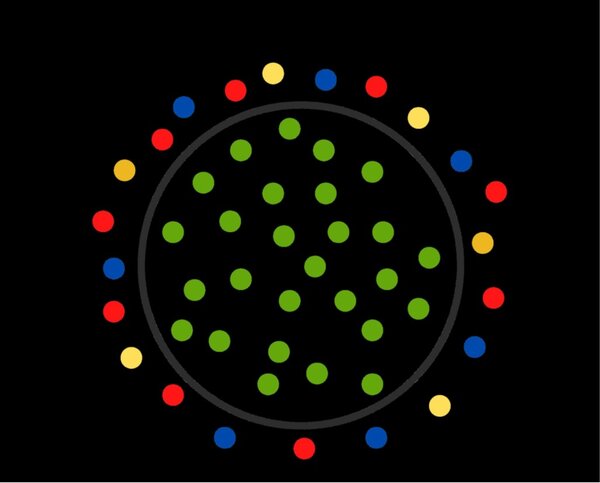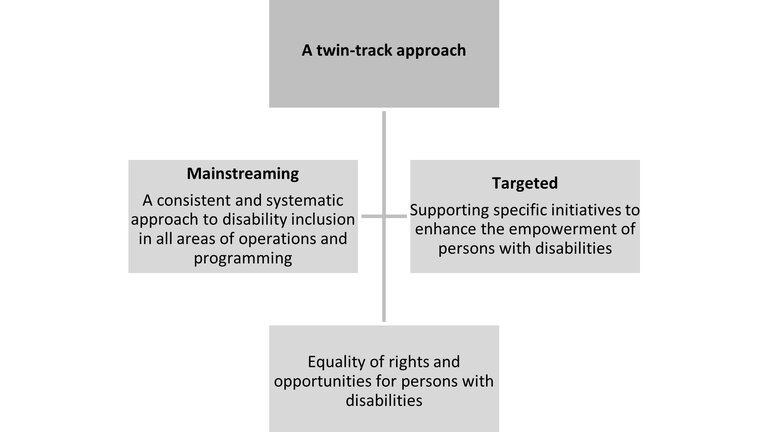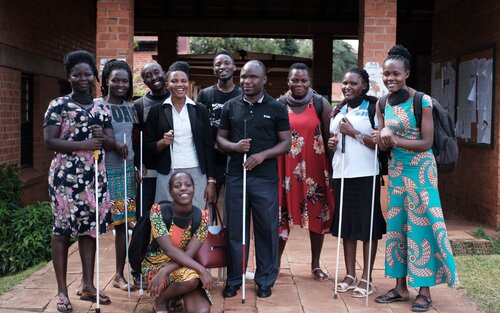In the context of education, these are key concepts that should be understood as they relate to a variety of approaches to inclusion of a number of marginalized populations, including people with disabilities.
We explain each concept below, giving specific examples that relate to livelihood programming:
Exclusion

As a concept, exclusion begins from the perception of an “us” and a “them”. Where “us” refers to a majority group/ gender/ ideology/ level of body functionality/ orientation/ citizenship status/ race, etc. and “them” is everyone else who does not fit the designated norm.
For people with disabilities, not being able to perform activities or contribute to the level of the designated norm in relation to body functionality, makes them outsiders. As a result, negative attitudes towards people with disabilities from others in society exist, derogatory terms are used to refer to them, and a number of policies exclude them from participation in society as well as systems and processes that do not cater to their needs.
For example, in relation to people with disabilities accessing skills development programming, exclusion occurs when little to no effort is made to ensure that people with disabilities can access the same information as community members without disabilities, and their specific accessibility needs are not taken into account. An example would be when information on livelihoods development projects is shared in the community offices on noticeboards, which cannot be read by visually impaired community members, or even community awareness meetings where community members with hearing impairments may not be able to hear what is being communicated.
Inclusion

Inclusion as a concept often gets confused with integration, however, it goes further than just different groups co-existing within the same society. Inclusion works to deconstruct the concept of a designated norm, allowing more room for a wider range of groups to accept each other’s differences and relate better with each other as equals. While groups based on ideology/gender/level of body functionality / orientation / citizenship status / race may still exist, policies, systems, and processes adequately cater to their varied needs.
For example, in relation to livelihoods programmes, inclusion occurs when effort is made to ensure people with disabilities are able to fully access the same programming as people without disabilities, and that they obtain equal benefit from the intervention.
Disability inclusion can be achieved by combining two approaches – disability mainstreaming and disability-specific interventions. This is called the twin-track approach. These approaches need to be addressed at the same time.

The twin-track approach integrates disability-sensitive measures into the design, implementation, monitoring and evaluation of all policies and programmes and provides disability-specific initiatives to support the empowerment of persons with disabilities.
The balance between mainstreaming strategies and targeted support should be tailored to address the needs of specific communities, but the overall goal should always be to integrate and include persons with disabilities in all aspects of society and development.

